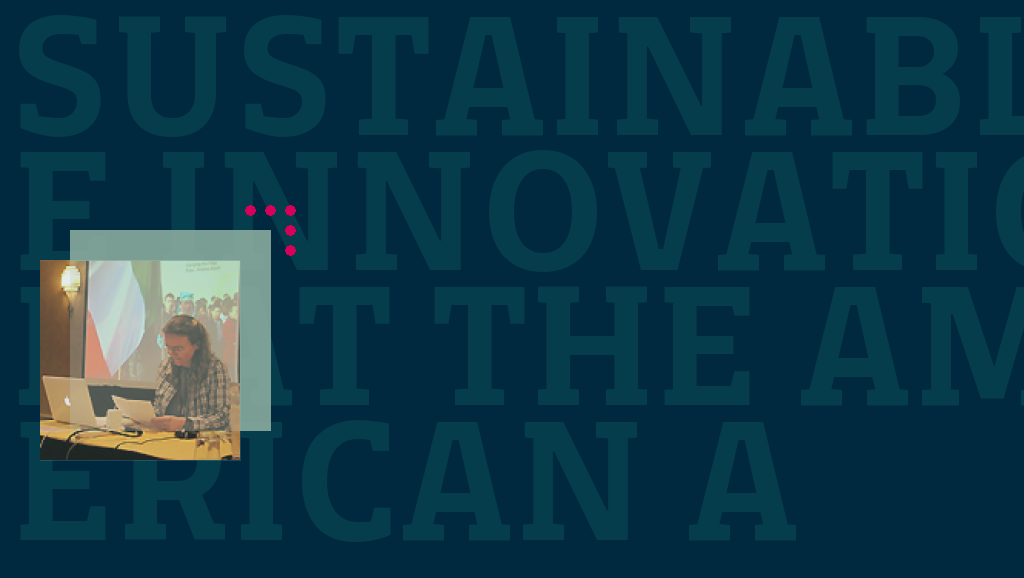Last week the American Anthropological Association (AAA) hosted a discussion about sustainable innovation.
Grounded in observations of social practice in particular localities, two points were particularly striking. One was the close relationship between responsibility and sustainability; to be responsible, innovation must be sustainable.
The other was the relationship between social life, governance, and technical innovation.
In the case of one city in northern Italy (Prato), resistance to technical innovation in the textile industry led to an emphasis on finding cheap labor, and recruiting immigrants from China and Pakistan. This transformed the nature of the city, perhaps more than an investment in new technology would have.
For those who see innovation as an inevitability, this is an interesting example because it shows how innovation may be governed — or not.
In another example, a comparison of the management of common resources by two different groups differentiated largely by the level of trust and altruistic behavior showed that sustainable outcomes were more likely in high trust settings. While solving the Prisoner’s Dilemma and other collective action dilemmas (in which individuals face choices about whether to cooperate with each other, or pursue more selfish goals to the detriment of all involved), might be the social equivalent of designing a perpetual motion machine, it is interesting to examine mechanisms that reduce friction and improve trust.
Summarizing the discussion, Dr. Cristina Grasseni mentioned again the need for improvements and clarifications in the language we use to discuss innovation, responsibility, and sustainability. Cristina’s full set of comments will be up at https://www.fondazionebassetti.org/it/grasseni/.

















